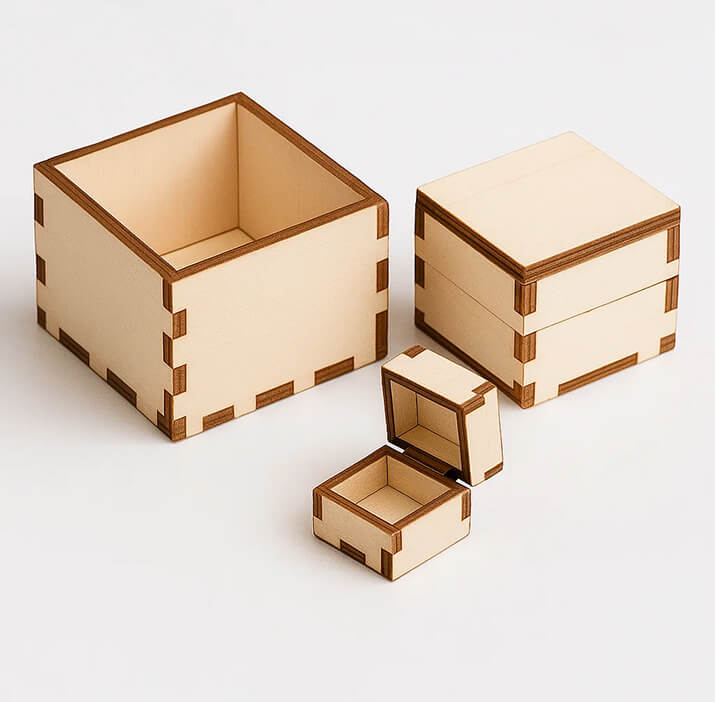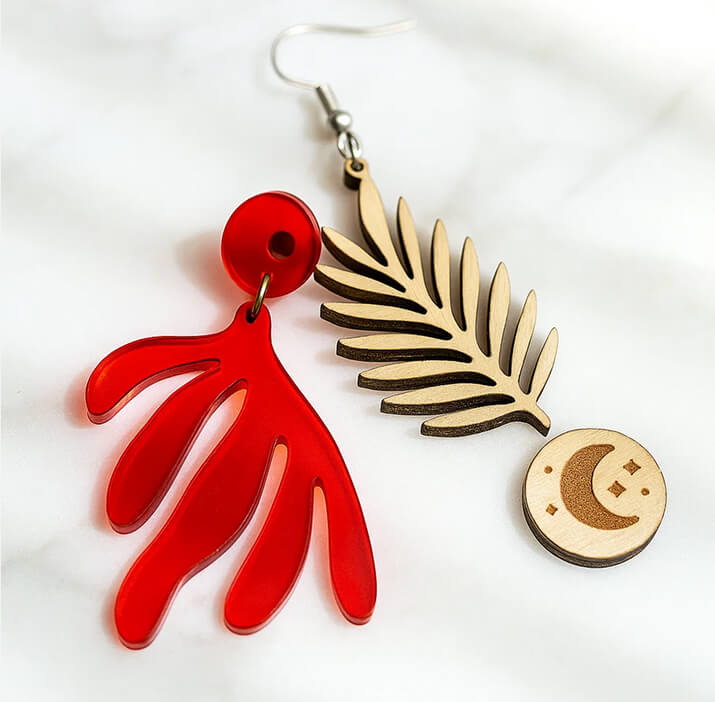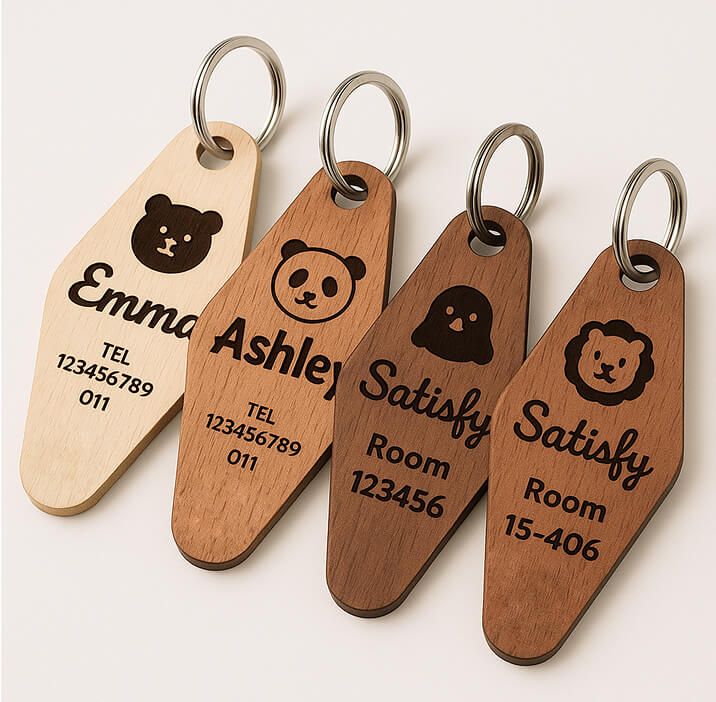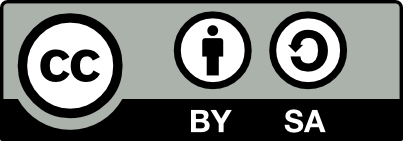![[Laser cut and engrave] Brackets for RepRack spool rack system](https://image-res.xtool.com/resource/xtool/community/attachment/xtool-community/d414a51c-89ba-4061-9746-d2889c151ed6?x-oss-process=image/resize,w_1200,h_900,limit_0/interlace,1/format,webp/auto-orient,1)
Brackets for RepRack spool rack system


Information
This is a quick guide to laser-cutting your own brackets for Repkord's open source RepRack 3D filament spool rack system. The original design calls for printing these, but you can save hours and hours by cutting the brackets from 1/4" acrylic or plywood, then just printing the wall cleats and clamps.
This is one of the first projects where my maker worlds collide—laser-cutting parts to store 3D printing material!
Instruction
Step1: Download and import RepRack bracket pattern
Repkord makes all of its files, including an SVG pattern for the bracket, available to download. The file RepRackHanger_v1.svg is the bracket outline.
But don't download that. Repkord's SVG is broken into dozens of separate segments and curves, causing it to print each segment separately rather than in long, closed curves. This can concentrate heat on smaller curves (like around corners). Instead, download the attached XCS design file, which includes two RepRack brackets to cut from one 12" square piece of material.
Step2: Prep the design file
Determine how many brackets you'll need. Repkord recommends one ¼" bracket every 32" (one on every other 16"-center stud). If you use acrylic, you can use my attached XCS file settings. If you go with wood or plywood, though, you'll need to adjust the settings accordingly. Repkord recommends against using MDF—it's not strong enough.
Repkord asks that you keep their branding on the brackets (it is all free, after all). The letters are designed so they can be cut out, but I changed the brand labels to engrave instead. This will save time.
Insert your material, then select 3mm Black Acrylic or whatever material you're using if it's not already designated as the material. Then auto-measure (after setting your material).
Select the logos, set to Engrave, and select the reference settings.
For the cuts, you'll want to adjust the settings manually. For my 6mm black acrylic, I went with 100% power at 4mm/sec with 3 passes. I experimented with 2 passes, and it works on some areas, but I ended up with fuzzies (which are more like sharpies on acrylic, amirite?). If you're using XCS 2.0, I recommend using one of the less-documented settings, Lower the focus. I was able to set it in integer increments only to 1 or 2mm. I can't find an explanation anywhere on how you determine the right focus, why it's only those two values, or how it actually works. So I basically guessed at 1mm. But it helped. It seemed to cut better than those where I didn't set it.
Step3: Cut and clean
Working with acrylic is stinky, so if you have a fume extractor, turn it on high! I also used my air assist on high for this job.
After framing [ALWAYS frame], the job took about an hour for two brackets.
I first removed the framing around the cutouts to reveal the brackets. This is less messy than trying to pull or pry out the cutout. Then lift the frame, and the interior cutouts should remain in place or fall out. Push them through if not, but take care when lifting it out. It will probably be dirty, and some edges may be sharp. I ran a small sanding sponge around the edges and cutouts, then wiped them clean with a microfiber towel.
I saved the cutouts and trimmed the unused end strips from the more complex cuts. They may be good for a smaller job sometime down the line.
Step4: Assemble your RepRack project
When you use laser-cut brackets, you need to download and print the RepRack clamps. You'll screw the bracket into the clamps, then use a screw through the clamps to hold the metal rods tight. You'll also need to print wall cleats or install a wooden cleat on your mounting surface to hang the brackets. It's an ingenious system, really, and made of printed or laser cut material and inexpensive hardware.
If you're into 3D printing and need a better solution for storing all those filament spools, I highly recommend checking out the RepRack system! I'm not in any way affiliated with Repkord—I just think they designed a great storage solution.





